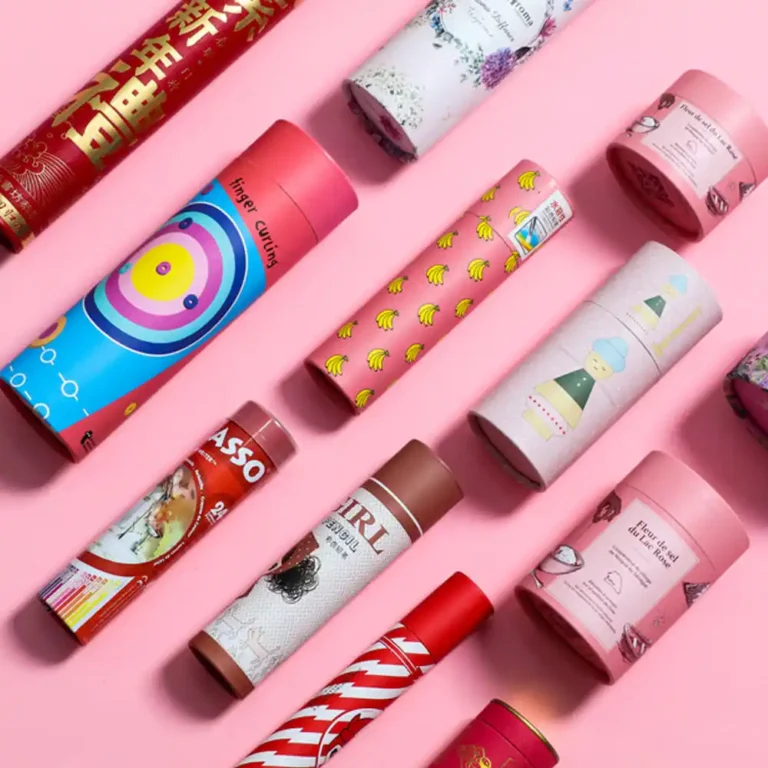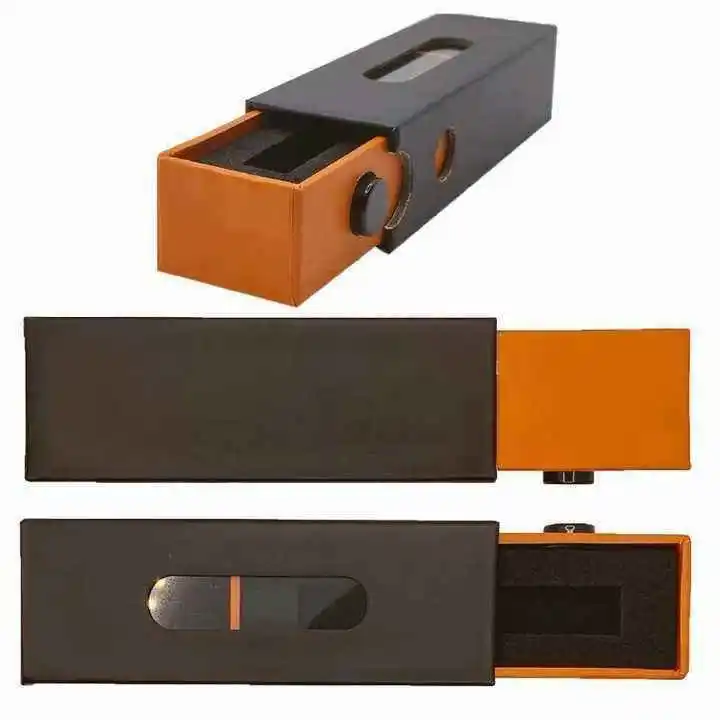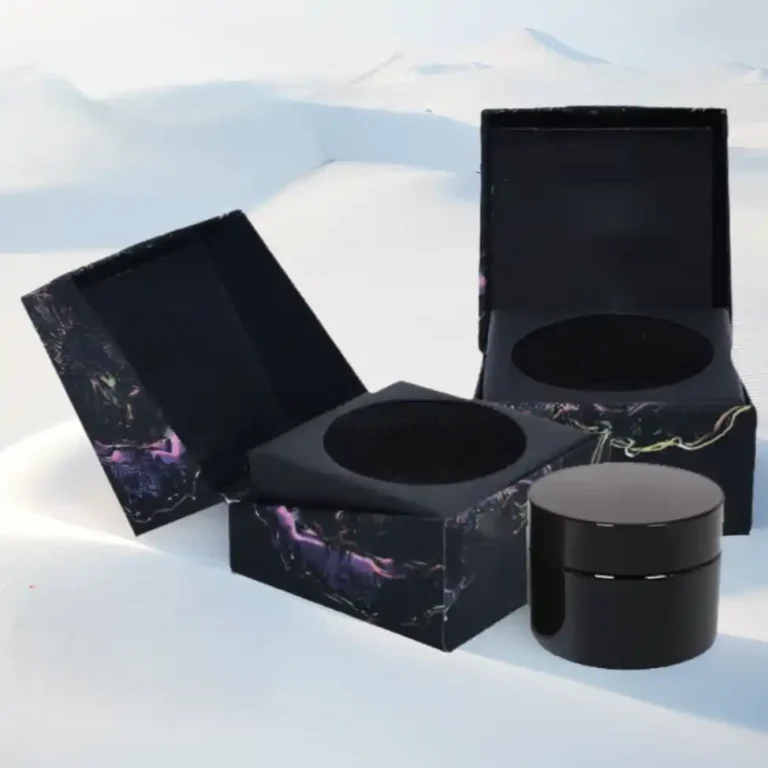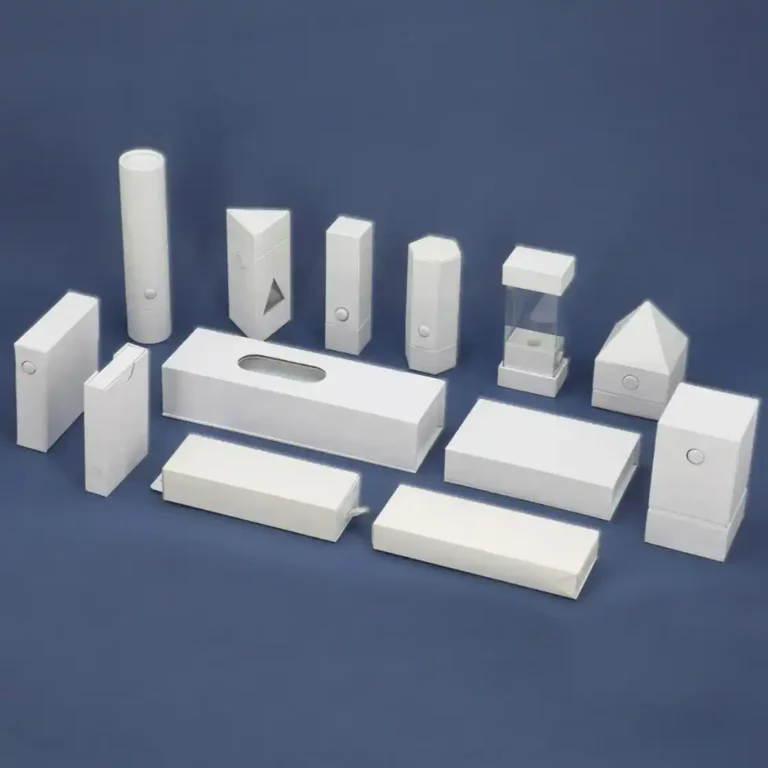Het spel tussen digitaal printen en traditioneel offsetdrukwerk
Status industrie: explosieve groei van digitaal printen
Digitaal drukken is uitgegroeid van een niche tot een noodzaak. Merken lanceren nu meer SKU's in kortere cycli, bestellen bij in kleine oplagen en passen verpakkingen aan per regio of detailhandelaar. Die verschuiving geeft de voorkeur aan persopstellingen die snel bewegen, snel van formaat kunnen wisselen en minder verspillen tijdens de productie - precies waar digitaal uitblinkt. Ondertussen behoudt offset zijn troeven voor lange, regelmatige runs waarbij consistentie, substraatbereik en inline afwerking centraal staan.
Inhoudsopgave
Marktdynamiek
- Kortere productlevenscycli en bevoorrading op aanvraag dwingen teams om alleen te drukken wat deze maand zal verkopen, niet dit jaar.
- Personalisatie en versiebeheer - talen, barcodes, aanbiedingen, seizoensgebonden kunst - drijven microbatches aan die onpraktisch zijn bij langdurige plaatwisselingen.
- Duurzaamheidsdoelstellingen zetten inkopers ertoe aan om veroudering en afschrijving van voorraden te verminderen; kleinere digitale partijen helpen daarbij.
Verken echte verpakkingsformaten waartussen uw team kan pendelen, van vouwdozen naar bedrukte golfkartonnen dozen, of stap terug en bekijk volledig drukdiensten aangeboden onder één dak. Voor catalogi en brochures die nog steeds veel lanceringen verankeren, zie zowel catalogus offset drukken en perfect-gebonden tijdschriften drukken.

Technologievergelijking: Veranderingen in het kritieke punt van kosten en efficiëntie
Denk aan een glijdend “kritisch punt” waar de ene methode economischer wordt dan de andere. Tientallen jaren geleden lag dat punt stevig in het kamp van offset; tegenwoordig hebben slimmere RIP's, snellere inkjetkoppen en geautomatiseerd kleurbeheer het breekpunt naar boven verschoven. Het resultaat: veel middelgrote opdrachten die ooit vastzaten aan offset wegen nu door in het voordeel van digitaal, vooral als er veel wijzigingen in het artwork of late bewerkingen worden verwacht.
Instelling en omschakeling
- Offset: Platen, wasbeurten en kleurafstemming zorgen voor een superieure herhaalbaarheid, maar brengen extra insteltijd met zich mee. Als de offset eenmaal draait, zoemt hij gedurende lange campagnes.
- Digitaal: Minimale setup met snelle job-to-job omschakelingen. Versiebeheer is een bestandswissel, geen plaatwissel.
Kleur en substraatcontrole
- Offset: De grote substraatbreedte en speciale coatings maken het een krachtpatser voor hoogwaardige verpakkingslijnen.
- Digitaal: Dankzij de snelle vooruitgang op het gebied van inkten, primers en uitgebreide gamma's liggen merkkleuren binnen handbereik, met een betrouwbare getrouwheid van drukproef tot drukproef.
Moet je methodes mengen? Veel merken splitsen oplages: een lange basis offset gedrukt, dan gelokaliseerde hoezen of inserts digitaal gedrukt, zoals bijgewerkte instructies via gebruikershandleiding afdrukken of vers verkooppunt met videobrochures voor lanceringen.

Toepassingsscenario's: Gediversifieerde penetratie van de rand tot de hoofdstroom
Digitaal begon aan de rand - steekproeven, vergelijkingen en kleine batches - en bezet nu de hoofdcategorieën.
Verpakking met hoge mix en lage volumes
Schoonheids-, wellness- en seizoensgeschenken gedijen bij flexibiliteit. Doosvarianten, proefmaten en influencerbundels beginnen vaak digitaal om de vraag te valideren en worden dan opgeschaald.
Gegevensgestuurd versiebeheer
Unieke QR-codes, gelokaliseerde claims of retailer-specifieke lay-outs zijn eenvoudiger als elk vel anders kan zijn. Offset kan aanvullen met master runs terwijl digitaal de variabele lagen afhandelt.
Literatuur die vaak verandert
Prijslijsten, specificatiebladen en onderhoudsgidsen evolueren. Houd het “altijdgroene” boek offset, maar wissel de vluchtige pagina's digitaal om. Als je nog steeds dikke catalogi publiceert, zorg dan voor een balans tussen efficiëntie op lange termijn en flexibiliteit door full-color catalogus afdrukken en korte digitale oplages tussen de seizoenen.

Uitdagingen en toekomstige trends
Geen enkele technologie is perfect; slimme teams stemmen de pers af op het doel.
Huidige uitdagingen
- Kleurbeheer over processen heen: Het handhaven van één merkuitstraling voor zowel digitaal als offset vereist gedisciplineerde profielen en gedeelde doelen.
- Materiaalcompatibiliteit: Sommige speciale substraten en afwerkingen zijn nog steeds in het voordeel van offsetlijnen.
- Workflowintegratie: Echte flexibiliteit ontstaat wanneer calculatie, prepress en afwerking worden samengevoegd in plaats van gescheiden.
Wat is de volgende stap?
- Hybride lijnen: Offset snelheid met digitale flexibiliteit: stel je voor dat statische lagen op conventionele wijze worden gelegd en dat digitale eenheden variabele of late afbeeldingen toevoegen.
- Slimmere automatisering: AI-ondersteunde impositie, inktoptimalisatie en voorspellend onderhoud verkorten de doorlooptijden nog verder.
- Duurzame ritten: Verwacht groei in dunnere voeringen, gerecyclede vezels en strategieën voor het klaarmaken van producten met weinig afval - gebieden waar de digitale discipline van korte oplagen het afval vermindert.
Als u een overgang in kaart wilt brengen, bekijk dan het bredere verpakkingsecosysteem - alles van papieren geschenkdozen naar speciale detailhandelsvormen op de homepage om te zien hoe de perskeuzes doorwerken in het structurele ontwerp, de inzetstukken en de afwerking.
Conclusie
Offset en digitaal zijn geen rivalen maar teamgenoten. Offset biedt snelheid en stabiliteit van eenheden voor lange, herhaalbare campagnes; digitaal biedt reactievermogen, personalisatie en een lager risico voor veranderende markten. De winnende oplossing is een gemengde workflow: gebruik offset voor de belangrijkste volumes, vul aan en lokaliseer met digitaal en houd creatieve opties open zonder dat de voorraad uitdijt. Begin met de bedoeling, de levenscyclus en de variabiliteit van de opdracht en stem elke laag af op de pers die daar het meest geschikt voor is.











